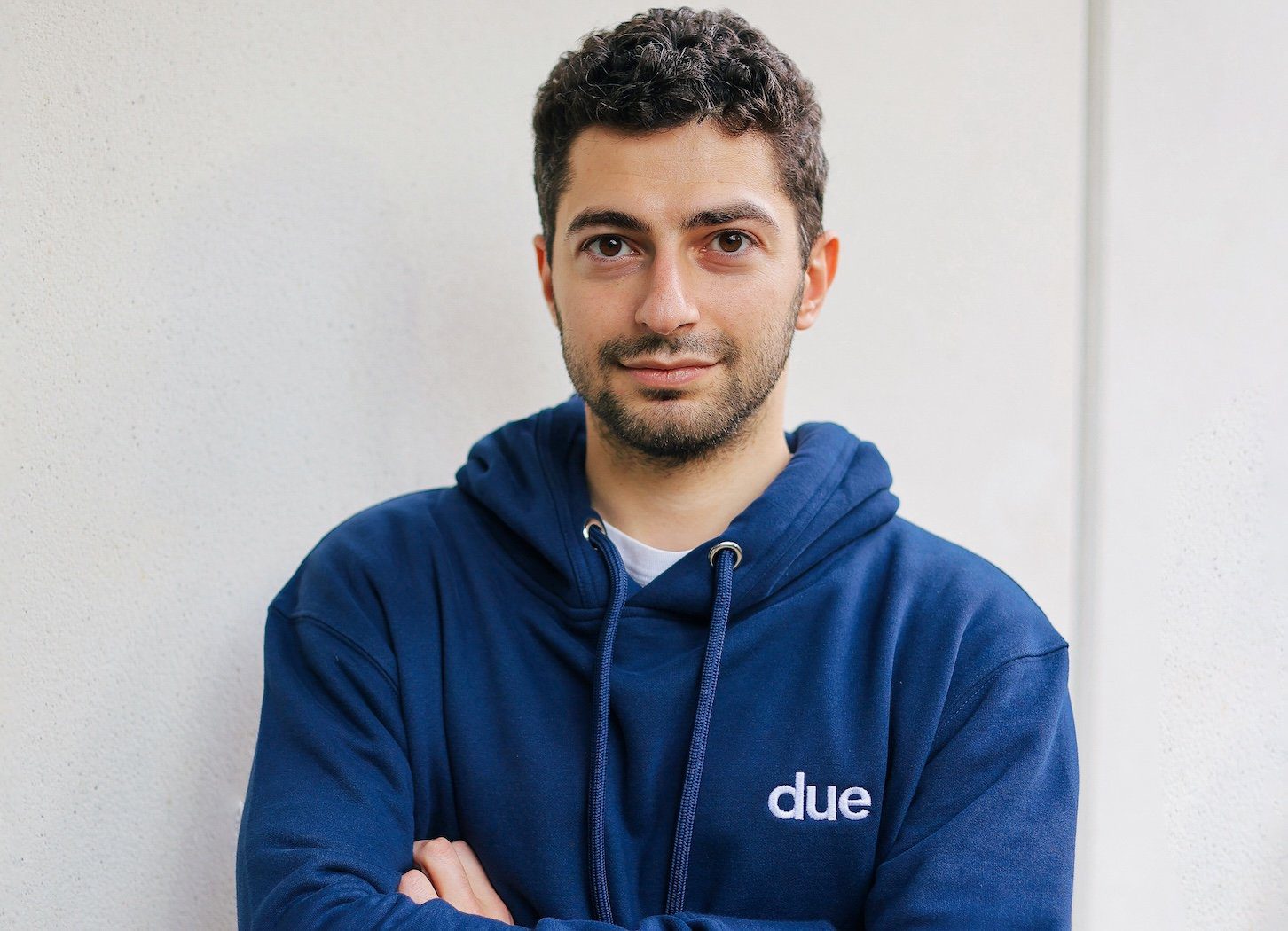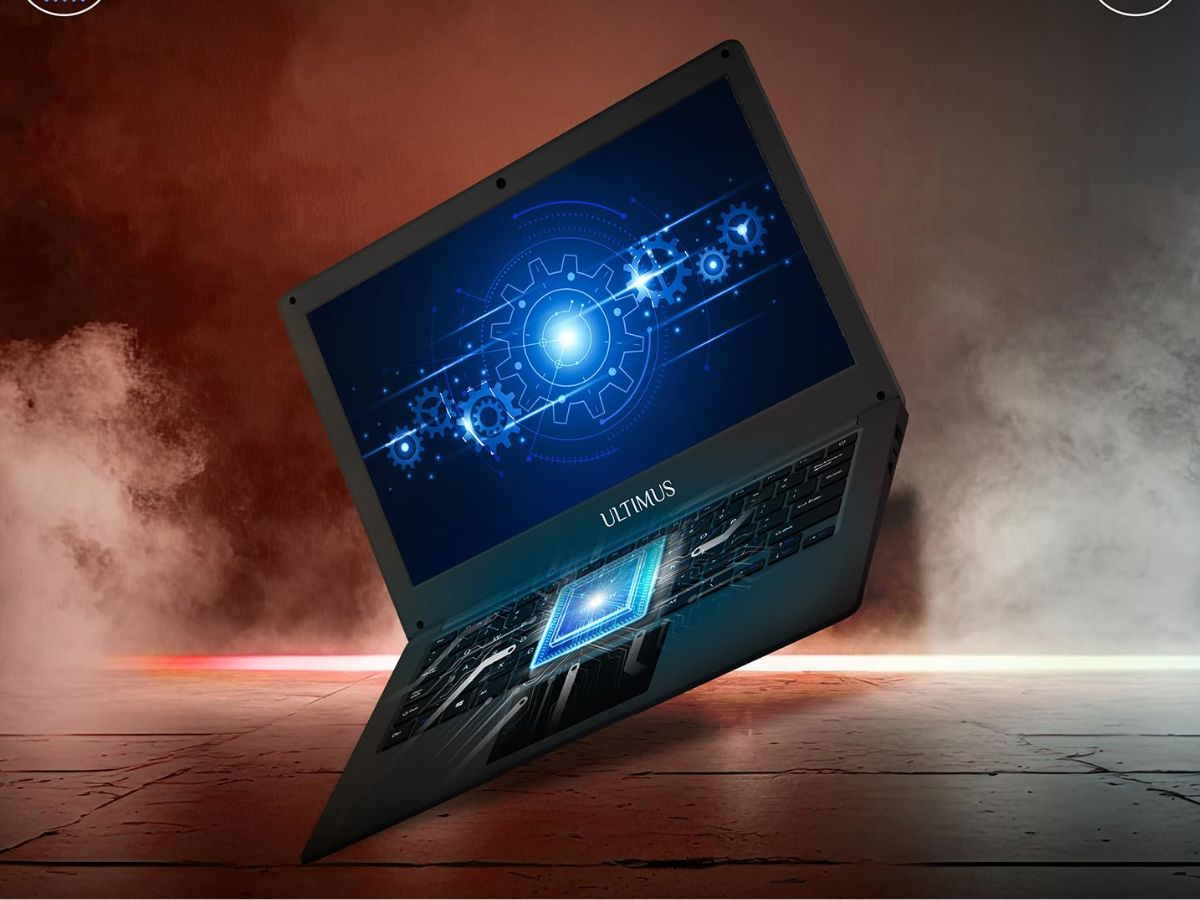A few days after the launch (modest) of its Robotaxi service in Austin, Tesla unveiled an impressive video: a model leaving alone the Gigafactory Texas to reach, without a driver or remote operator, the address of its new owner about fifteen kilometers away. The journey, about 30 minutes, crosses major axes such as Interstate 35 and a lively district of the city.
Delivery without anyone behind the wheel, really?
Elon Musk, faithful to his habit, reacted on X (formerly Twitter) with a sober ” Kapow “, Saying that no human” remote control “had been used during this demonstration. According to him, the car would have managed everything itself, thanks to Robotaxi technology on board at the start, then via the “Full Self-Driving (Supervised)” mode standard along the way. The latter remains, despite its name, a system legally requiring the attention of a human driver … even in his absence.
Subscribe to WorldOfSoftware
The car appears in the video as perfectly at ease in traffic, it respects speed limitations, manages the intersections and building entries. The good weather is there, and no incident is visible. For fans of the brand, this demonstration is proof that complete autonomy is at hand. Some Internet users have even praised a moment ” historical», And« milestone that redefines our relationship to time and space ». Nothing less!
Good. Let’s keep your head cold. Because behind this licked staging hide several gray areas. First, transparency: nothing allows you to check if an operator has never really had the hand, even briefly. Tesla is lying on the subject, such as this 2016 promotional video today recognized as fake.
Then the reliability of the system. The very week of this spectacular delivery, Tesla Robotaxis have experienced several incidents in Austin: unexplained emergency braking, dangerous maneuvers, missed turns. The National Highway Traffic Safety Administration (NHTSA) has already looked into these behavior, especially after cars have ignored stop signals or children’s models in recent tests.
Another concern: what happens if an autonomous Tesla is wrong, broke down or cause an accident? To date, the manufacturer has not detailed clear procedure for remote interventions, or for the recovery of blocked vehicles. The delivery perimeter is not specified either, as is the weather conditions in which this type of journey would be achievable – Tesla systems are based on cameras, not on more robust sensors like the Lidar.
Finally, there remains the question of legality. The regulations vary from one state to another, and no federal framework is currently coming up with this type of autonomous delivery. Whether it is responsibility in the event of an accident or interaction with emergency services, all of this is very vague.
🟣 To not miss any news on the Geek newspaper, subscribe to Google News and on our WhatsApp. And if you love us, .












